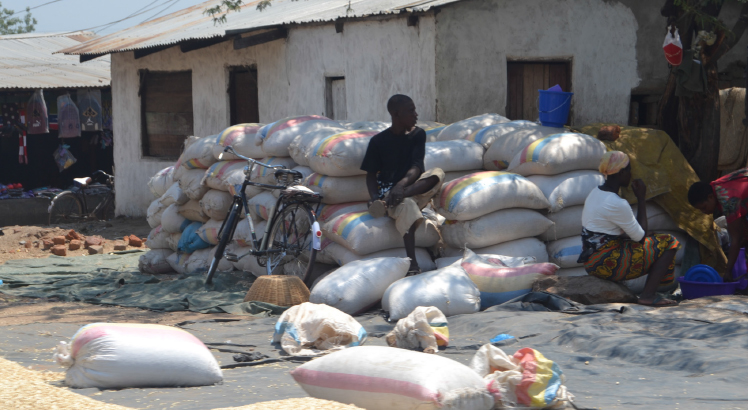Survival gets tough for low-end urban consumers
Despite maize prices eased in December last year, consumers found no relief for the food expenditure basket as household’s survival minimum expenditure continued to rise.
According to published World Food Programme (WFP) data, maize price dropped by 3.8 percent to K471 per kilogramme (kg) in December 2022, down from K490 per kg in November 2022.

This came after the State produce trader Agricultural Development and Marketing Corporation started selling its maize in selected markets at K300 per kg, beginning December 2022.
However, the easing prices were not felt by consumers as price of beans rose by 4.7 percent to K1 722 per kg, 3.7 percent for cowpeas to K1 042 per kg while that of pigeon peas rose by 16.2 percent to K 833 per kg.
Maize and pulses make up a traditional urban diet.
Ironically, a typical household’s survival minimum expenditure required to maintain existence and cover life-saving food and non-food needs for the urban dwellers continued to rise, hitting K107 323 per month, with K73 831 spent on food while K33 492 was spent on non-food items.
Of the K33 492 spent on non-food items, K15 000 was spent on charcoal while K10 000 was on rentals.
In Malawi, the minimum wage is at K50 000 per month while the tax-free band is at K100 000.
In an interview on Tuesday, Blantyre-based salon owner Linda Frank from Manase Township said it has become difficult to cope with life as incomes are failing to meet up the rising prices of commodities.
She said the frequency of customer needing hair attention has dwindled as priotising basic needs to match with their incomes.
Frank said: “Before the pandemic, on a good day, I used to earn an average of K13 000 which by the end of the month was enough to pay bills and buy some basics at home.
“Today, even though I now make an average of K14 000, the money is not enough as commodity prices keep on rising, so too have rentals.”
Speaking separately, Consumers Association of Malawi executive director John Kapito said amid rising cost of living, there is need for government to come in and cushion consumers by putting deliberate policies in place.
Centre for Social Concern data show that as at December 2022, the cost of food per household was over K209 000.
Looking at the present scenario for the urban dweller, Mphepo said this could push more people into poverty.
On Tuesday, the International Monetary Fund urged fiscal authorities to target their support to vulnerable groups most affected by the elevated food and energy prices as they aim at achieving sustained disinflation in tackling the cost-of-living crisis.
Minister of Finance and Economic Affairs Sosten Gwengwe said in an interview that Treasury understand the challenges that the rising food and energy prices have brought to Malawians.
He said: “People need to be cushioned. There are about 300 000 civil servant and 19 million Malawians who have all been affected by the effects of inflations.”





